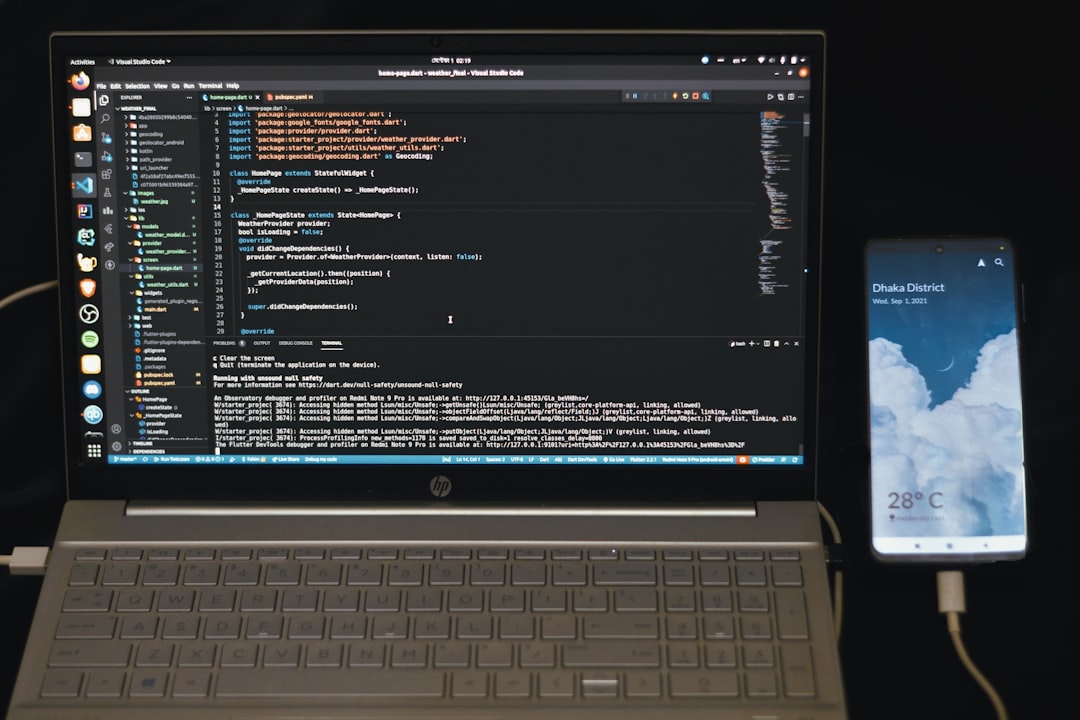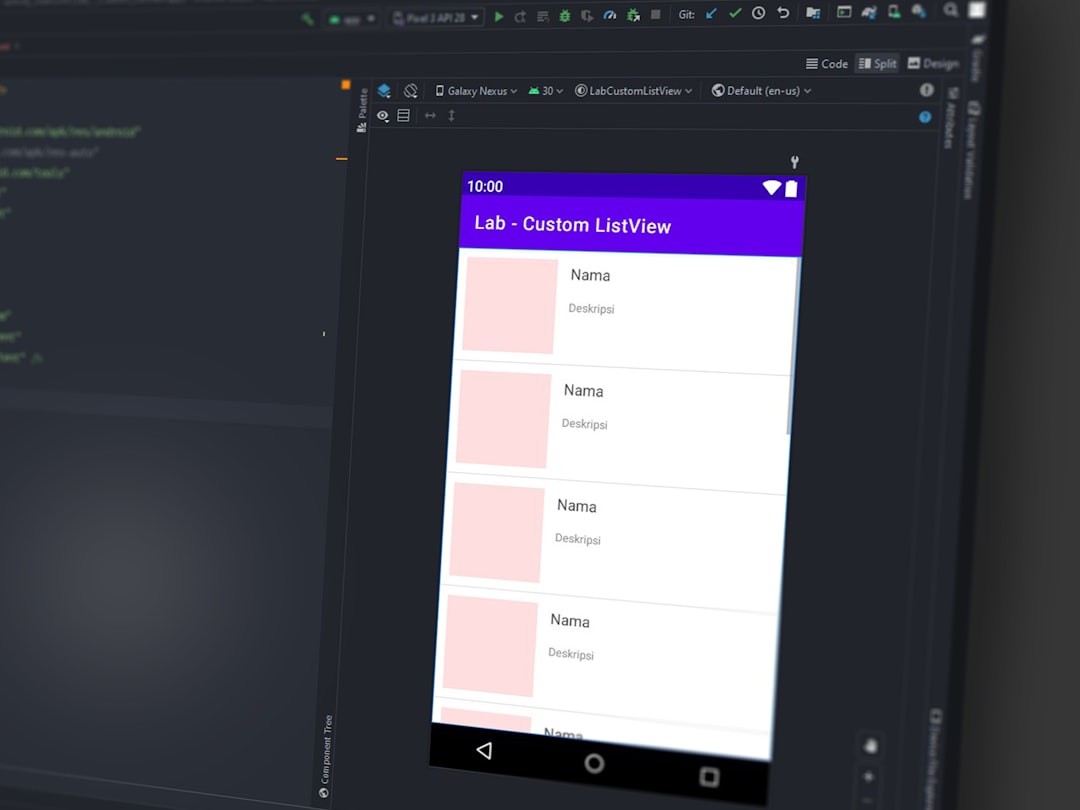Best Java Development Environment Options for 2025
As the Java ecosystem continues to evolve in 2025, developers are presented with a wide array of development environments that enhance productivity, streamline debugging, and support the latest features of the Java language. Choosing the right Java Integrated Development Environment (IDE) or lightweight editor can significantly influence the efficiency and quality of software development, whether you’re building enterprise applications, mobile apps, or backend services.
This article explores the best Java development environments for 2025, comparing features, usability, and community support.
1. IntelliJ IDEA
Table of Contents
Best for: Professional developers and enterprise teams
IntelliJ IDEA by JetBrains continues to dominate the Java IDE market in 2025 thanks to its intelligent code completion, deep static code analysis, and ergonomic design focused on developer productivity. Its Community Edition suits beginners and open-source hobbyists, while the Ultimate Edition offers advanced support for Spring, Java EE, microservices, and more.
- Smart refactoring tools
- Built-in support for Maven and Gradle
- Seamless integration with Docker and Kubernetes
- Advanced debugging and performance profiling

2. Eclipse IDE
Best for: Developers needing flexibility and plugin customization
Once the most dominant Java IDE, Eclipse has reinvented itself to stay relevant in 2025. Its open-source nature makes it widely popular in large-scale legacy environments and with organizations seeking platform independence and deep customization via plugins.
- Free and open-source
- Massive library of plugins for Java and other languages
- Support for Java EE, Jakarta EE, and modular projects
- Improved memory performance compared to previous versions
3. Visual Studio Code (VS Code)
Best for: Lightweight coding workflows and multi-language projects
Although not a full IDE, VS Code offers an impressive Java development experience by leveraging the Java Extension Pack provided by Microsoft and Red Hat. In 2025, its speed, flexibility, and extensions make it ideal for developers working across multiple languages or preferring a streamlined interface.
- Fast and resource-efficient
- Excellent support for Java, Spring Boot, debugger integration
- Git-friendly interface
- Extensive library of extensions
4. Apache NetBeans
Best for: Developers seeking an integrated environment out of the box
NetBeans is a solid option maintained by the Apache Foundation. It provides everything needed to get started with Java development, including built-in Maven and Gradle support and drag-and-drop GUI builders. While it may not have the polish of IntelliJ or Eclipse, it offers simplicity and reliability.
- Easy configuration and setup
- Supports JavaFX, Ant, Maven, and more
- Integrated profiler and visual debugger
- Good for educational environments

5. BlueJ and Greenfoot
Best for: Students and Java beginners
For those just stepping into the Java world, BlueJ and its cousin Greenfoot offer a clean, simple environment tailored for education. Removed from enterprise-level complexity, these tools focus on helping newcomers understand core object-oriented programming concepts.
- Minimal design centered on OOP learning
- Visual representation of class structures
- Support for Java 17+ in 2025 editions
- Great for classroom and academic settings
Summary
Each Java development environment in 2025 has its strengths:
- IntelliJ IDEA: Best-in-class features for enterprise and professional development
- Eclipse: Highly customizable and plugin-rich for large applications
- VS Code: Lightweight, multi-language-friendly editor with solid Java extensions
- Apache NetBeans: Integrated tools and simplicity for all-in-one Java development
- BlueJ/Greenfoot: Excellent for beginners and pupils learning OOP fundamentals
Ultimately, the right choice depends on the developer’s experience level, project requirements, and personal preference for interface and workflow.
FAQ – Java Development Environments in 2025
- Q: What is the most popular Java IDE in 2025?
A: IntelliJ IDEA remains the most popular IDE, particularly in professional and enterprise settings. - Q: Is VS Code suitable for large-scale Java projects?
A: While VS Code offers extended Java support, larger and more complex projects may benefit from full-fledged IDEs like IntelliJ or Eclipse. - Q: Are BlueJ and Greenfoot good for serious development?
A: These tools are great for learning and academic purposes but lack features needed for large-scale or production development. - Q: Do Java IDEs support cloud-native development?
A: Yes, modern IDEs like IntelliJ IDEA and VS Code offer integration with Docker, Kubernetes, and cloud platforms to support microservices and containerized apps. - Q: Which Java IDE is best for beginners?
A: NetBeans, BlueJ, and VS Code (with extensions) are friendly platforms for beginners due to their simpler interfaces and learning resources.







